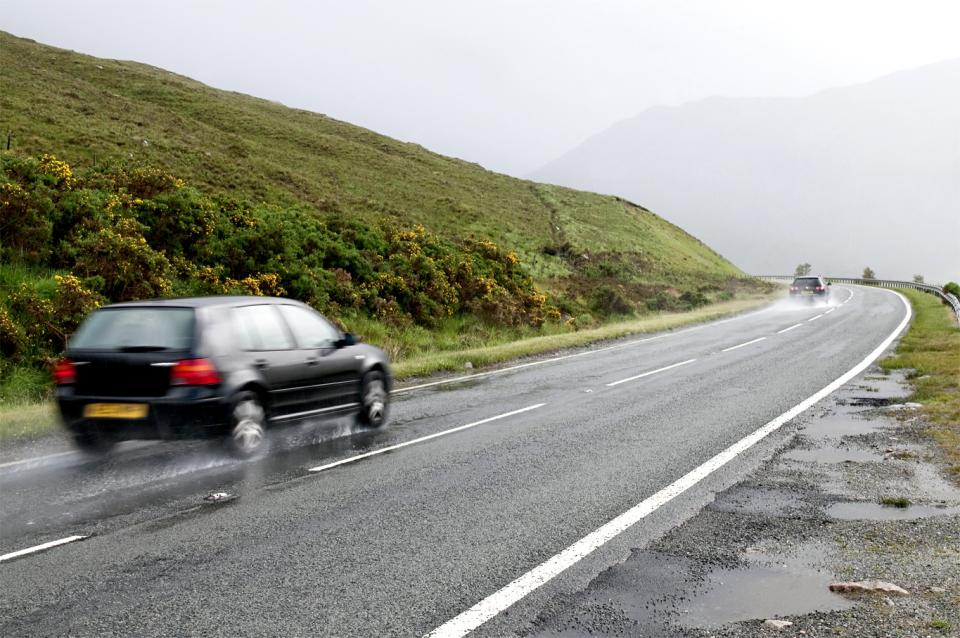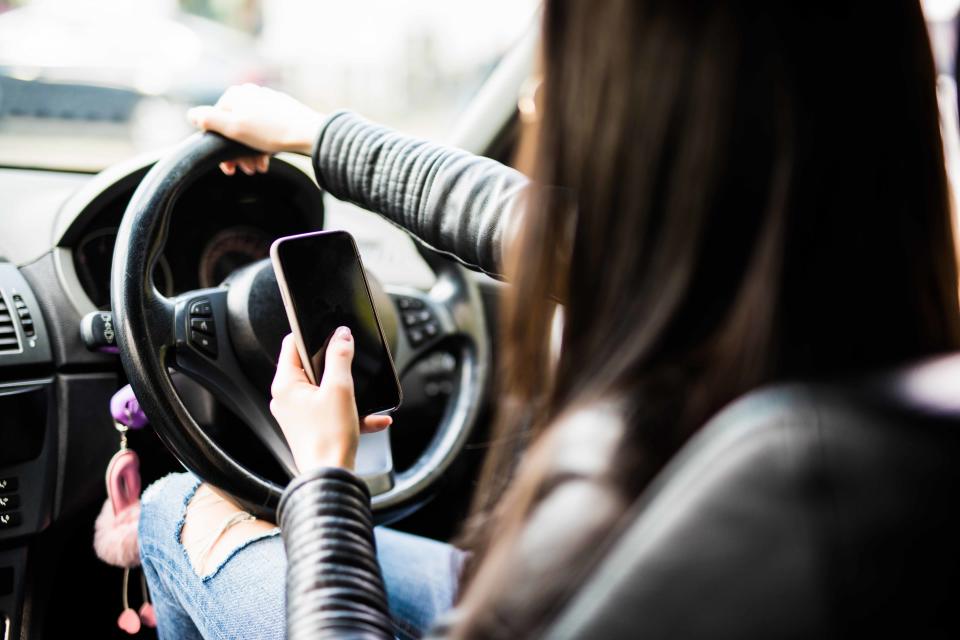How can I improve as a driver?
Self-improvement is never a bad thing. Be that reading more, exercising a little more frequently or waking up a bit earlier to make the most of the day, making some small changes to your lifestyle can often make a big difference.
But what if you want to improve as a driver, too? Well, there are some steps to take to help better yourself when you’re behind the wheel. Let’s take a look.
Try extra training
There are a number of options when it comes to driver training. There are courses that allow you to push a car a little harder than you would do on the public road in order to see how it responds and reacts, for instance, which give you a better understanding of advanced driving techniques.
There are also courses in ‘defensive driving’ which look at improving your observation and detection skills – as well as your vehicle handling technique – that can really improve your safety levels out on the road.
Be more observant behind the wheel
One of the ways you can quickly become a better driver is by becoming a little more observant when you’re out and about. Try to ‘see’ ahead of where you’re driving and look out for junctions, crossings and stop signs in plenty of time.
This will provide you with more time to react to a potential issue while also making any journey calmer and more relaxing.
Try to be as smooth as possible

Making your driving as smooth as can be another easy way to improve – but it also helps to save fuel. So go easy with the accelerator and use a gentle application of the throttle while matching it to smooth gear changes. It’s a good idea to change gears a little earlier than normal, too.
The same goes for the brakes. Try not to match harsh acceleration with equally harsh braking; start with a light approach before adding more pressure until you’ve come to a halt. Your passengers will thank you for this, too.
Give yourself plenty of space
Leaving a well-sized gap between yourself and the car in front is another way to improve things. It’ll give you more time to react and it’ll also making things more relaxing for the driver ahead who can be safe in the knowledge you’re not driving too closely.
Remember the rhyme ‘only a fool breaks the two-second rule’. This is best checked by measuring the car ahead against a fixed point – like a roadside tree or breakdown phone – and, if you’re not able to recite that verse in the time it takes your to drive past that fixed marker, then you’re too close to the car head.
Drive to the conditions

We do get all sorts of weather here in the UK which is why driving to the conditions is so important. In heavy rain, make sure that you bring your speed down and leave even more space between yourself and the car in front.
Likewise, if the temperatures fall, then it’s a good idea to drive a little more cautiously to ensure that any ice on the roads doesn’t catch you out.
Remove distractions

If you’ve got your phone in the car then it can be really tempting to pick it up for a quick look. However, this brings some serious issues. For instance, if you’re caught using a phone while driving you could face up to six penalty points and a £200 fine. But there’s also the safety element, as peering at your phone dramatically reduces your perception of the road ahead.
So before you head off on the road, put the phone away, either in the glovebox or in a side cubby. If you need to use it as a sat-nav, then make sure it’s in a proper holder – and make sure that your destination is set up prior to departure.
Keep your lane discipline

Making sure that you’re in the right lane on the motorway is essential to keeping the flow of traffic going and providing plenty of space. As always, the rule is to keep left when you’re not overtaking. If you do have to overtake a vehicle, make sure that it’s done smoothly and quickly and then, once completed, return back to the left-hand lane.

 Yahoo News
Yahoo News 
